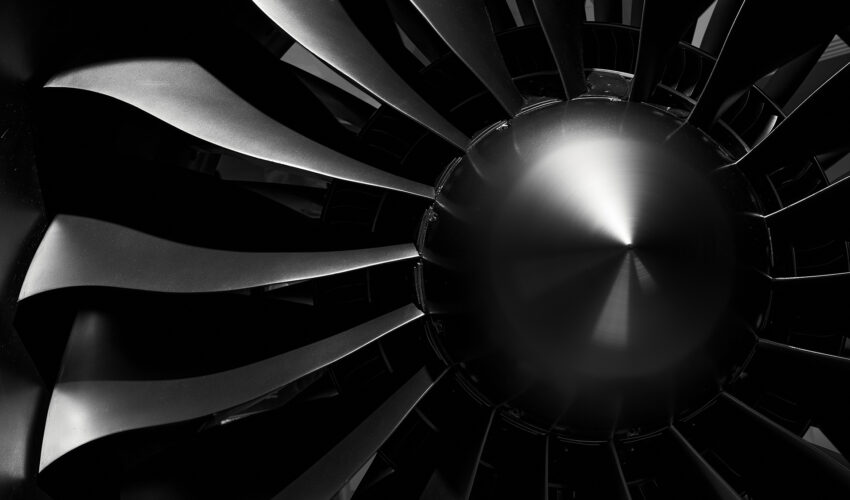When summer hits San Antonio, the heat doesn’t mess around, and neither should your air conditioner. Whether you’re upgrading your system or building a new home, one of the most important choices you’ll make is what type of cooling system to install. That often starts with understanding the difference between single-stage, multi-stage, and variable-speed air conditioners.
In this article, we’ll break down these options so you can make the right choice for your home, your budget, and your comfort.
The Basics: What’s the Difference?
Single-stage systems always run at full capacity—either 100% on or 100% off. These systems are ideal for smaller homes, tighter budgets, or homeowners with simple needs for their HVAC system.
Multi-stage systems typically have a few set speeds. Most are two-speed—one low, typically around 50%-70% capacity, and one high, 100% capacity. Generally, the more speeds a system offers, the more flexible it is. They’re ideal for homes that occasionally require extra cooling power, like during large gatherings or exceptionally hot days.
Variable-speed systems can continuously adjust to any speed from around 25% to 100%, based on real-time cooling needs. These systems are the most versatile and are ideal for homeowners who want top-of-the-line comfort, humidity control, and energy efficiency.
How Does Each System Stack Up?
Efficiency
- Single-Stage: Least efficient. It cycles on and off frequently, using more energy to cool your home.
- Multi-Stage: More efficient than single-stage. Runs in low mode most of the time, saving energy and reducing wear and tear.
- Variable-Speed: Most efficient. Runs longer at lower speeds, which uses less electricity and maintains more consistent temperatures.
Comfort
- Single-Stage: Works well most of the time, but can have high humidity when outdoor temperatures are mild and might have trouble maintaining temperature when outdoor temperatures are extreme.
- Multi-Stage: Better at maintaining consistent temperatures and humidity control.
- Variable-Speed: Superior temperature and humidity control. Keeps the air moving gently and evenly, reducing those sticky, muggy afternoons San Antonio is known for.
Cost
- Single-Stage: Lowest upfront cost but may cost more in monthly energy bills.
- Multi-Stage: Middle-of-the-road price with mild long-term energy savings.
- Variable-Speed: Highest initial investment, but often delivers the most savings and best comfort over time.
In short, the more stages your system has, the more control, efficiency, and comfort you’ll gain—at a higher initial cost.
Other Considerations
There’s no one-size-fits-all solution for your home’s HVAC system, though variable speed systems tend to be more versatile.
Load Needs
Two-stage systems are only available in whole-ton sizes. So if your home needs a 2.5-ton unit, your choice would be a 2.0-ton or a 3.0-ton system. A 3.0-ton unit running in low mode might behave like a 2.1-ton system—great if you need a little extra capacity when hosting a party or when San Antonio hits 104°. But if your cooling load is precisely 2.5 tons, a variable-speed system may offer better energy savings and comfort as they adjust based on the exact load, time of day, and even the temperature in different parts of your house.
Zoning
Here’s where variable-speed systems truly shine. When integrated with zoning dampers in your ductwork, they let you control cooling in different parts of your home independently. Want your bedroom at 70° and the kitchen a little warmer? No problem. These systems can typically handle up to three zones, with the option to add more sensors for even finer control. They are perfect for larger homes or families with different comfort preferences.
Technology
Because of their complexity, variable-speed systems issues may take longer to diagnose and repairs can be more expensive, especially if a major part like the control board fails. That said, they have fewer moving parts and tend to last longer when properly installed and maintained. This system may also be more sensitive to inconsistent or poor-quality electricity, which can happen in some rural areas around San Antonio.
Let North East Help You Find the Right Fit
At North East Air Conditioning, Heating & Plumbing, we’ve been helping San Antonio homeowners stay cool for generations. Whether you’re replacing an old unit or planning for a new build, our experienced technicians can help you understand your options and choose a system that fits your home and lifestyle.
Not sure what you need? Let’s talk it through. We’ll guide you every step of the way to make sure you get the most comfort, the best value, and a system that’s ready for whatever the Texas heat throws your way.


